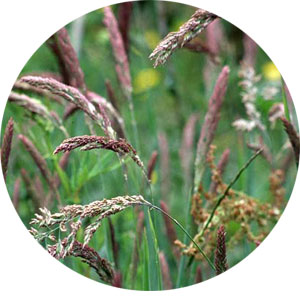IntroductionThe Hawaiian Islands have long been known for their remarkable ecological diversity and their unique flora (plants). Close to 50% of Haleakalā National Park’s rich plant population is native to the Hawaiian Islands, meaning those species arrived here without the help of humans. The Polynesians that settled the Hawaiian Islands integrated these Native Hawaiian plants into their culture. For two centuries many influential western botanists have studied this rich flora. This exhibit explores the history of botanists at the park, focusing on the rare plants that live in the bogs atop Haleakalā.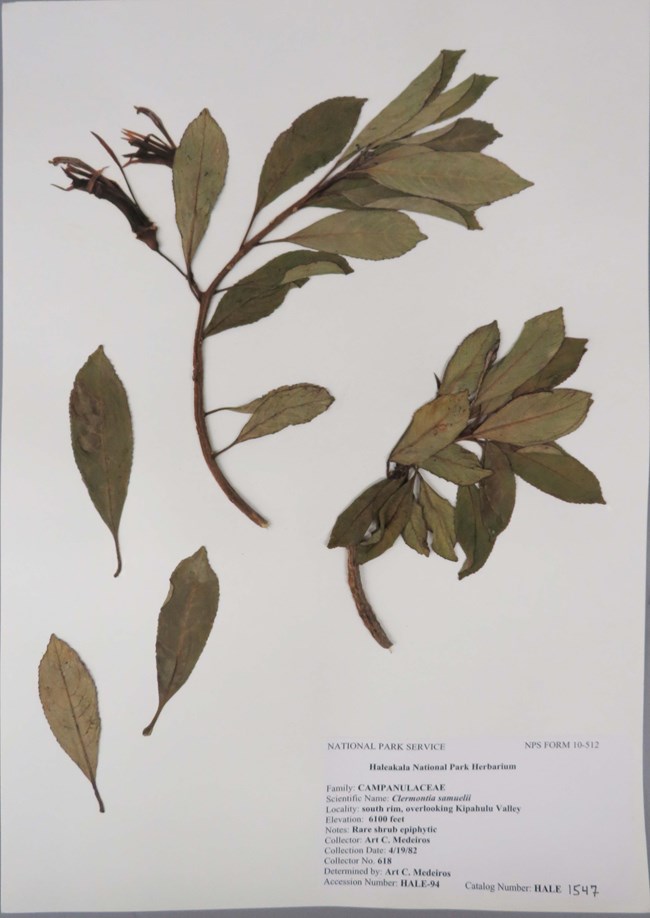
Date Collected: 04/19/1982 Collector: Art C. Medeiros HALE 1547 NPS PHOTO Charles Forbes (1883-1920)Forbes was the Curator of Botany at the Bishop Museum in Honolulu from 1908-1920. During his tenure he collected many plant taxa that were new to western science and are now rare and endangered. In 1919, Forbes was the first western botanist to explore and collect the flora of the Haleakalā bogs – then owned by Haleakala Ranch. Forbes collected Hana clermontia (Clermontia samuelii ssp. samuelii Forbes) (exhibited) from the bogs and was the first botanist to describe it. This species is part of the larger Hawaiian lobelioid group, and is endemic to Maui. The Hawaiian lobelioid group is composed of over 125 species and is the largest example of adaptive radiation - when organisms diversify rapidly from an ancestral species into a variety of new forms – of any island archipelago in the world. The genus Clermontia was called ‘ōhā wai by the Hawaiians and was carefully gathered for treatment of digestive issues; the sap was also used on open sores. Forbes named C. samuelii ssp. samuelii after Haleakala Ranch Manager Samuel Baldwin, who later spearheaded the exchange of Haleakala Ranch lands to the federal government in exchange for lands elsewhere on Maui. These ranch lands became the protected park lands we know today as Haleakalā NP. Today, less than 50 known individuals of C. samuelii ssp. samuelii exist. 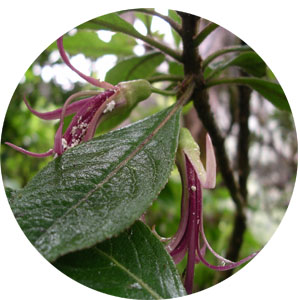
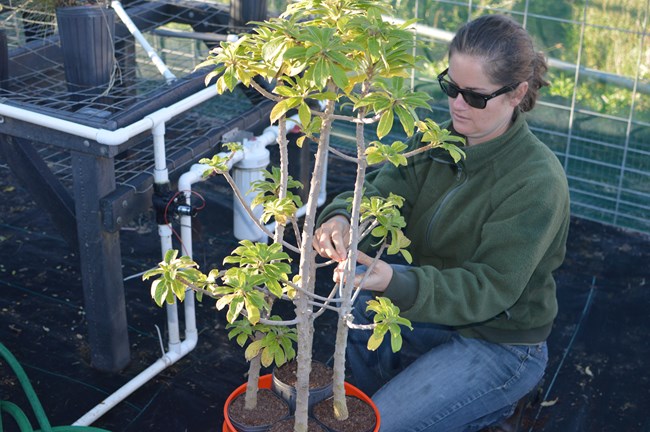
Collecting with a purposeHawai‘i’s botanists continue to collect and describe new species within the park. It is important to remember that collecting is significant only if done properly. Besides collecting certain berries, most gathering inside national parks is only legal with a scientific research and collecting permit. Photographed is an NPS staff member propagating C. samuelii samuelii in the park’s greenhouse.Otto Degener (1899–1988)Degener was the first naturalist for Hawai‘i National Park. Degener’s book Ferns and Flowering Plants of Hawai‘i National Park (exhibited) describes local plants found in the parks and their relationship to ancient Hawaiian customs.The Native Hawaiians used native plants for a multitude of uses including medicines, tools, lei, and clothing. Native plants were integral to Hawaiian culture; the loss of these species not only impacts the biodiversity of Haleakalā but a part of culture. 
Native Hawaiians and the ʻāina (land)The park incorporates Hawaiian customs and ideology into its land management. One Hawaiian custom is the ‘Aha Moku system, under which each island was divided into interconnected moku (districts). Traditionally, Maui was divided into 12 moku. Each moku was composed of designated habitat zones with different management practices to ensure appropriate care for the resources.The 4 habitat zones include the Wao Akua, Wao Kele, Wao Kanaka and Kai (see graphic for translations). The Hawaiians considered the Wao Akua to be the most sacred habitat and therefore limited the human footprint in this zone. Alternatively, the Wao Kanaka was considered to be the place of cultivating, and therefore Hawaiians gathered and lived in this zone. The park has adopted this traditional management system to an extent, managing access to each zone appropriately. Many of the rarest plant species thrive in the Wao Akua; the park’s Stay on Trail policy limits the human footprint. Most of the Summit lands – including the rainforest bogs – are closed to public access. 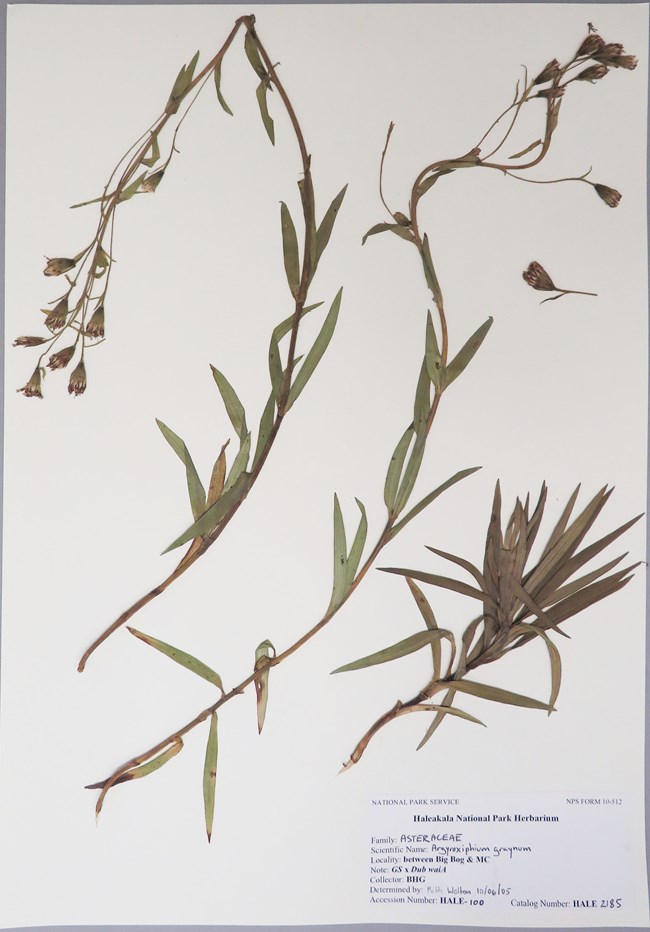
Collection date: Undated Collector: Betsy H. Gagné HALE 2185 NPS PHOTO Harold St. John (1892–1991)St. John, a professor of botany at the UH Mānoa (1929- 1958) explored Haleakalā NP in 1936 and again in 1945. During his visits, he collected over 380 species and published numerous new taxa for Haleakalā NP. Dr. St. John was partnered with Civilian Public Service assignee Arthur Mitchell while botanizing at the Haleakalā bogs. In the 1945 report Mitchell notes:
Mitchell and St. John observed goat and pig trails and invasive weed species due to former cattle grazing in the bog areas. The greensword exhibited was collected from the bogs more recently by botanist Betsy H. Gagné. 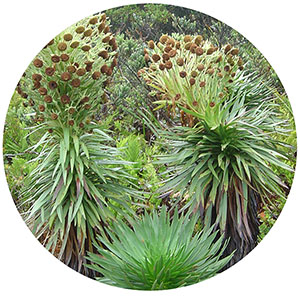
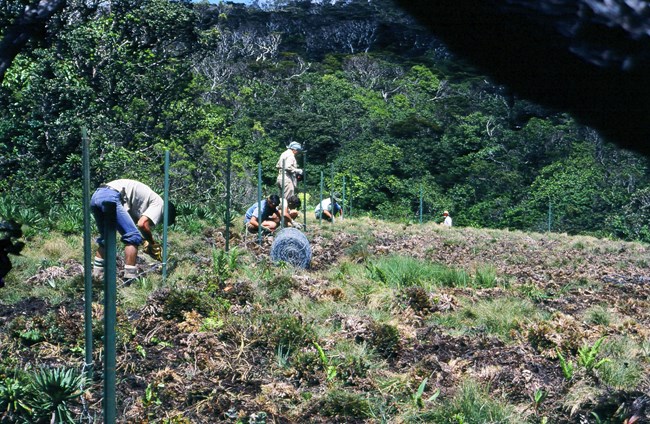
NPS PHOTO Fencing the ParkBy the late 1970s, it was clear that the 18th century introduction of feral ungulates to the Hawaiian Islands put Native Hawaiian plants, such as the lobelioids, on a precipitous decline. James Jacobi from the PCSU writes in a 1980 paper: “Unquestionably, the feral animals in Haleakala National Park need to be controlled-- specifically, they need to be eliminated-- as soon as possible--it is important that the National Park Service act immediately on the fencing program for Haleakala National Park. The problem cannot be allowed to continue any longer” (ed. Smith, 170-171).The park had begun its major boundary fence project with the help of the Sierra Club in 1976. Following the recommendations from the PCSU researchers, fencing efforts were ramped up; by 1981, park staff and Sierra Club volunteers had fenced Greensword Bog (photographed). By 1988, the entire park boundary fence was complete. Today, park staff maintains the fence and continues to fence new sections of the park. 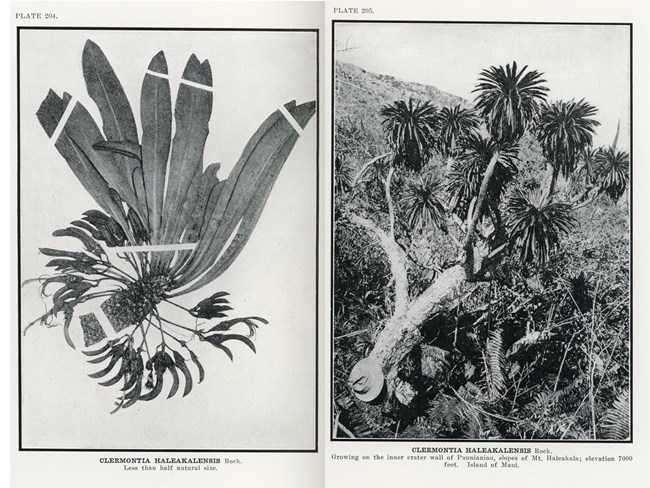
Joseph Francis Charles Rock Date: 1919 HALE 5797 Joseph F. Rock Joseph Francis Charles Rock (1884-1962)Rock is known today as the father of Hawaiian botany. In 1907, Rock became the Territory of Hawai‘i’s first official botanist at the age of 23. Rock’s work includes creating the Herbarium collection at the UH Mānoa and publishing books documenting the botany of Hawai‘i. In 1910, Rock visited Pu‘u Nianiau in Haleakalā near the park entrance. He documented and collected the now extinct Clermontia haleakalensis (exhibited). Rock’s photo and collection are the only documentation we have of this species. 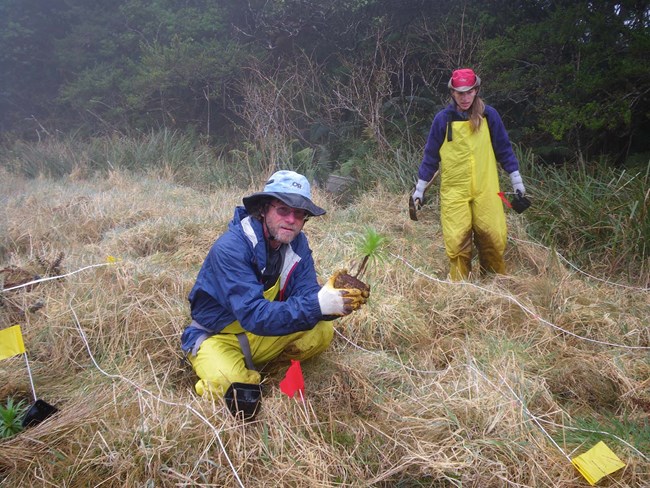
Rock’s records of flora at Haleakalā remain an important source for resource managers. In order to prevent further extinctions, park staff collects and propagates rare and endangered plant species in the park. Photographed is a park biologist outplanting greenswords in the Haleakalā bogs.
|
Last updated: July 28, 2023


